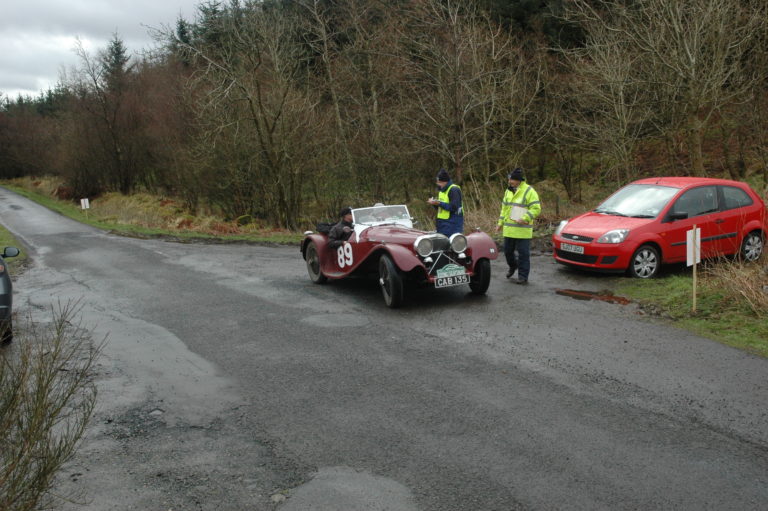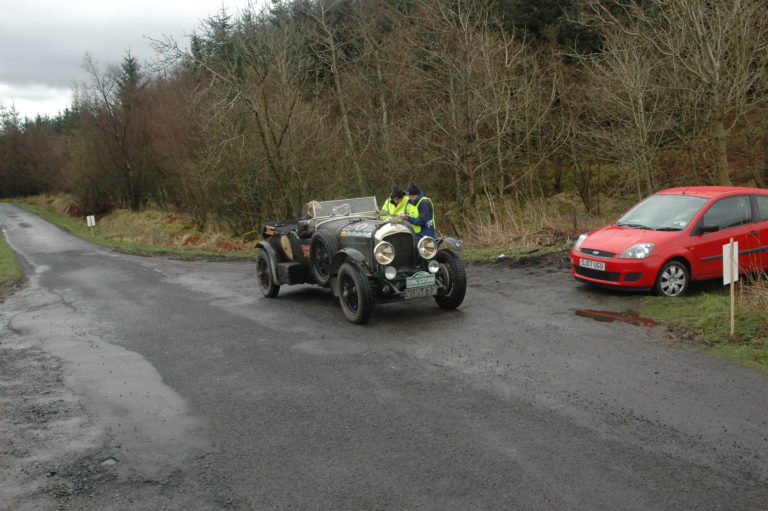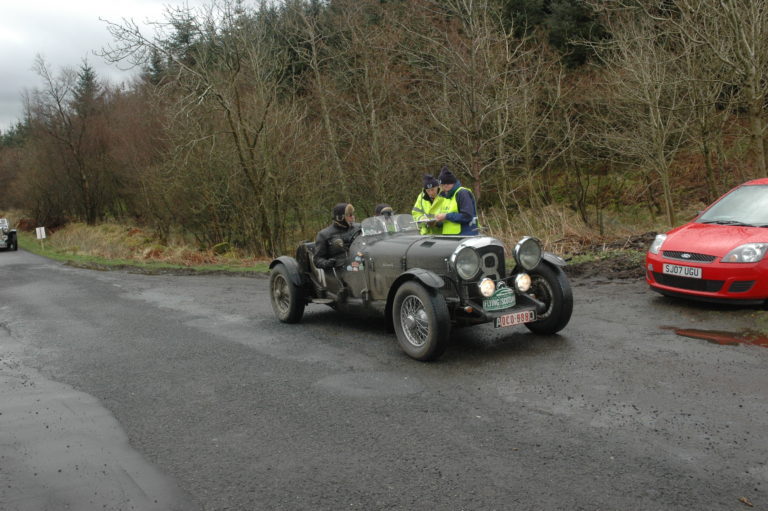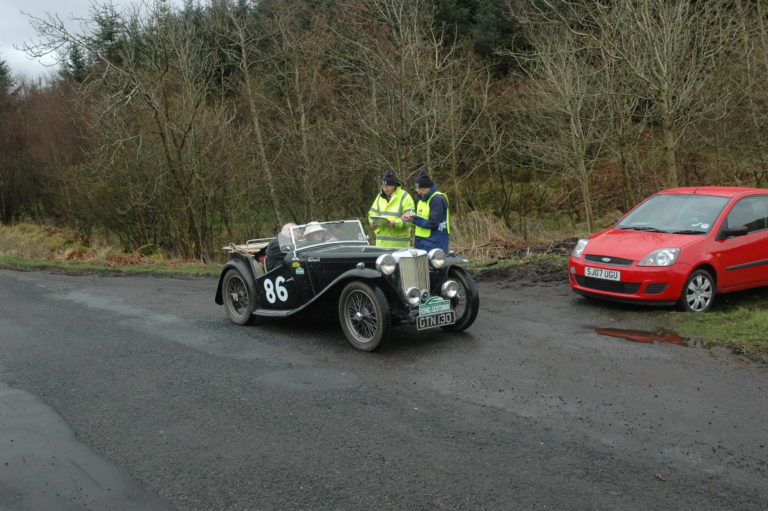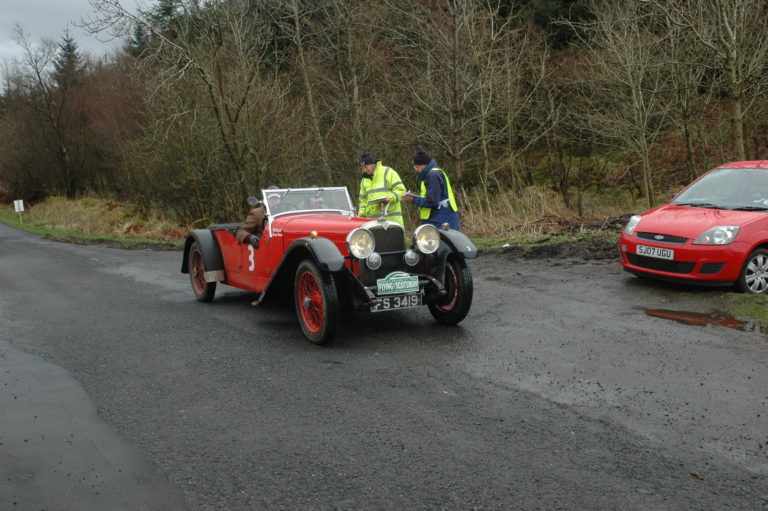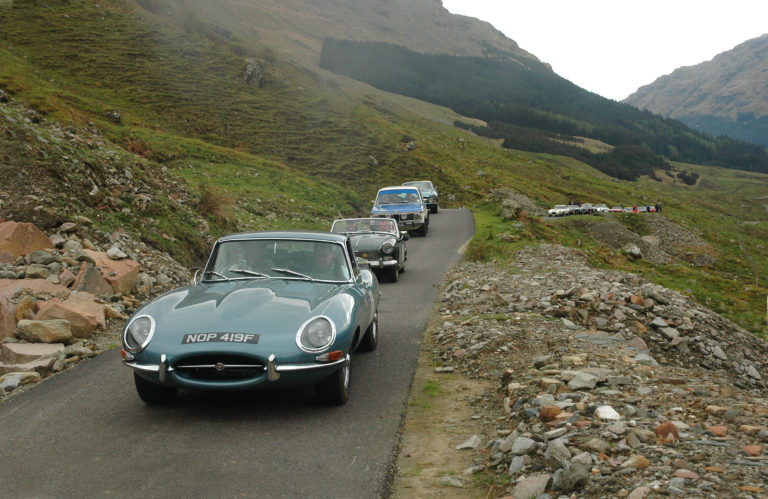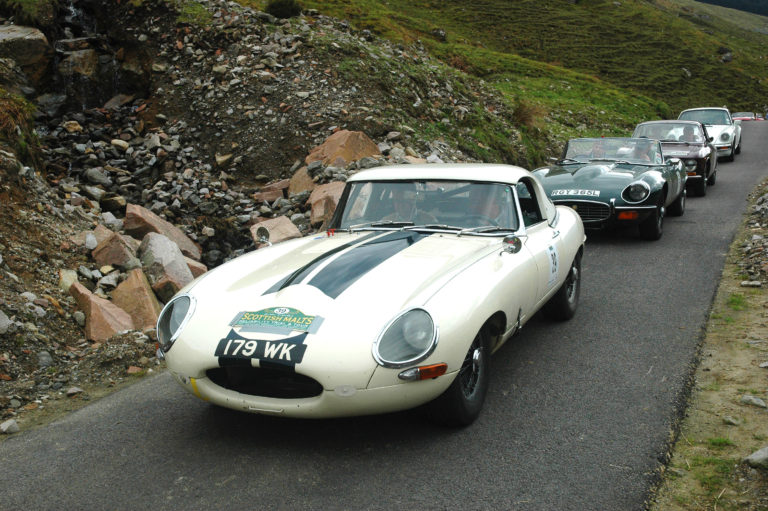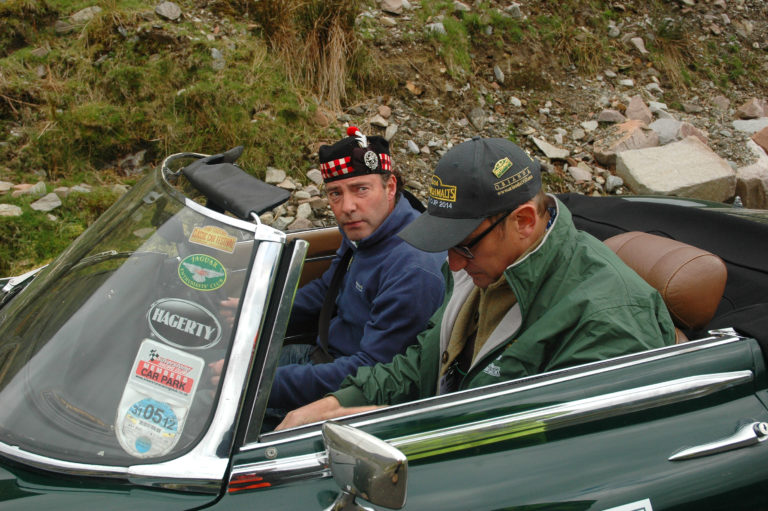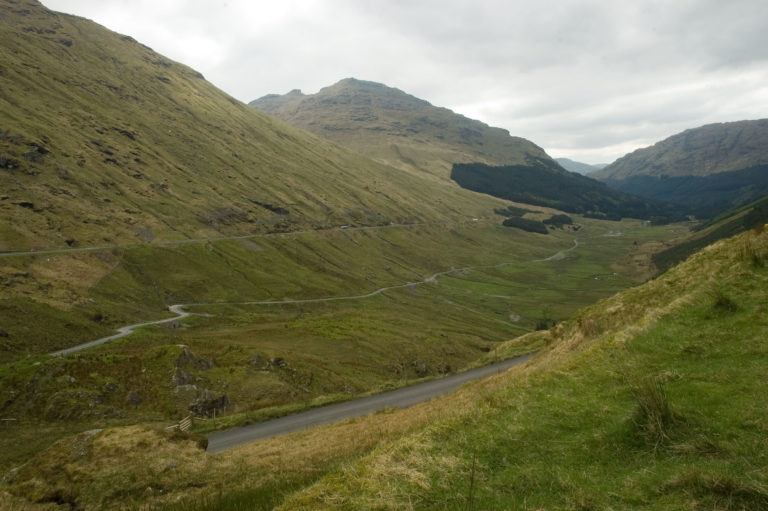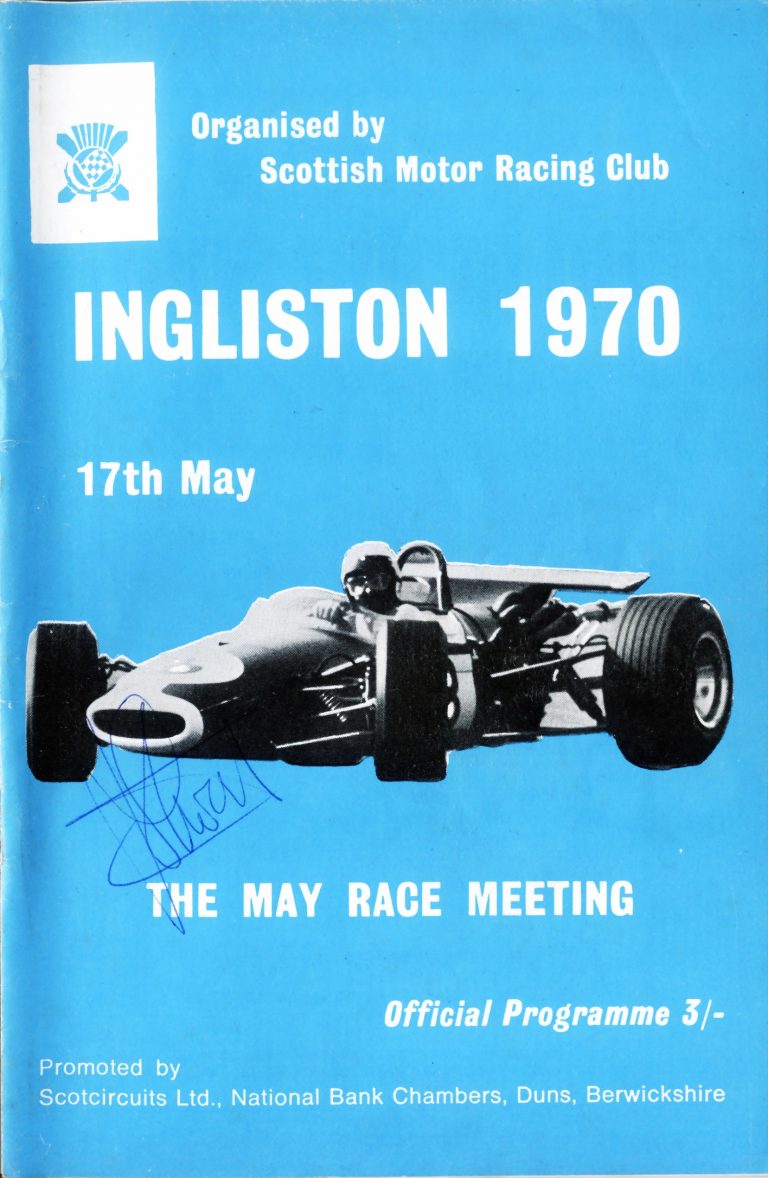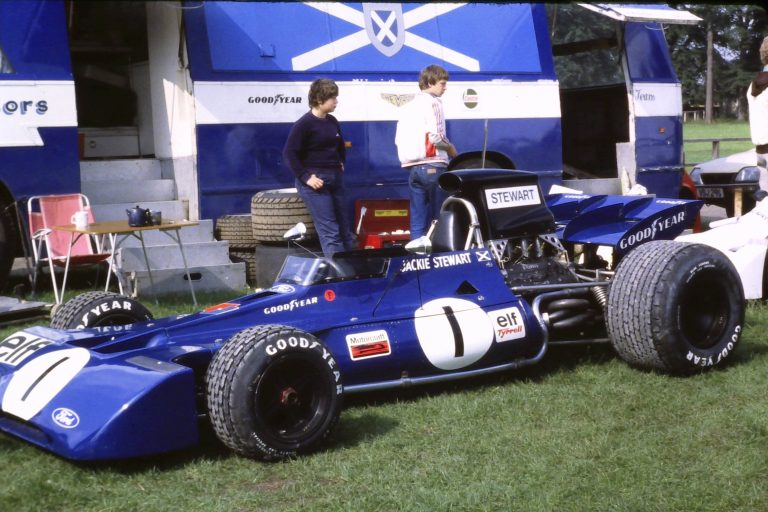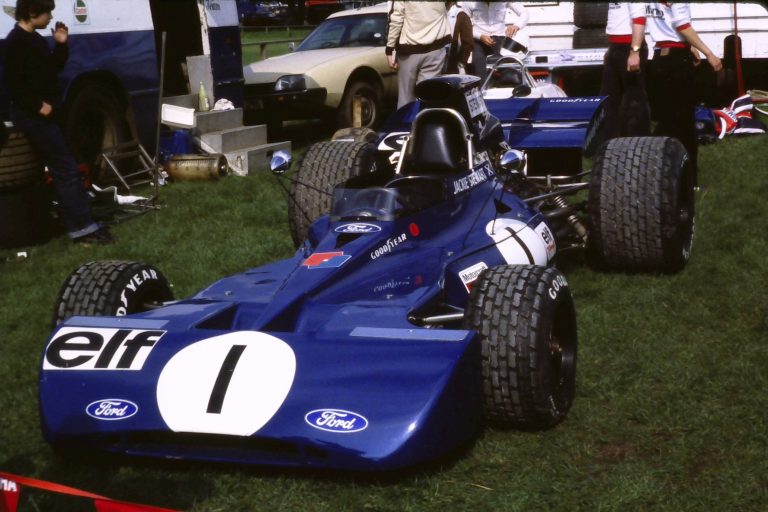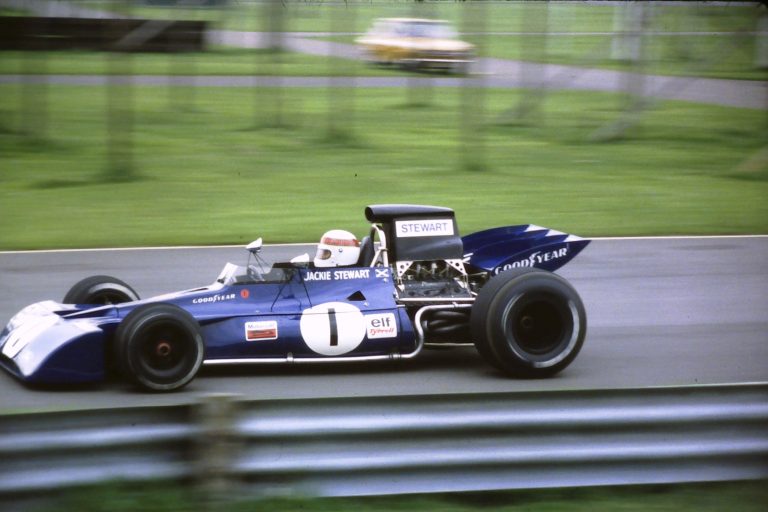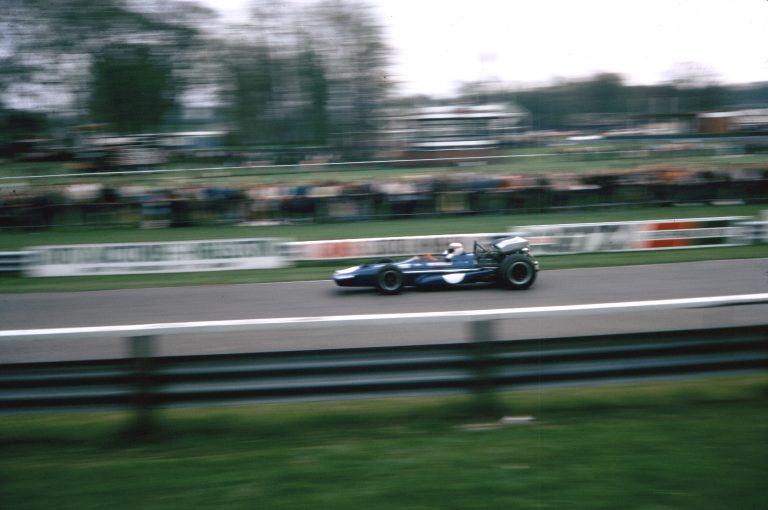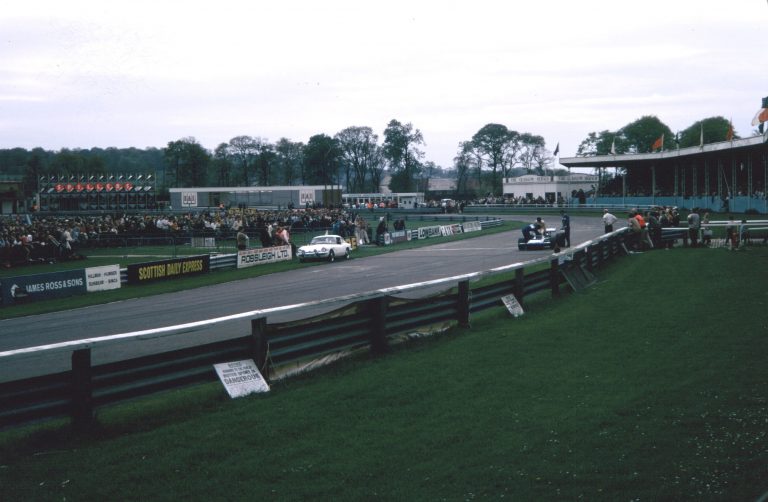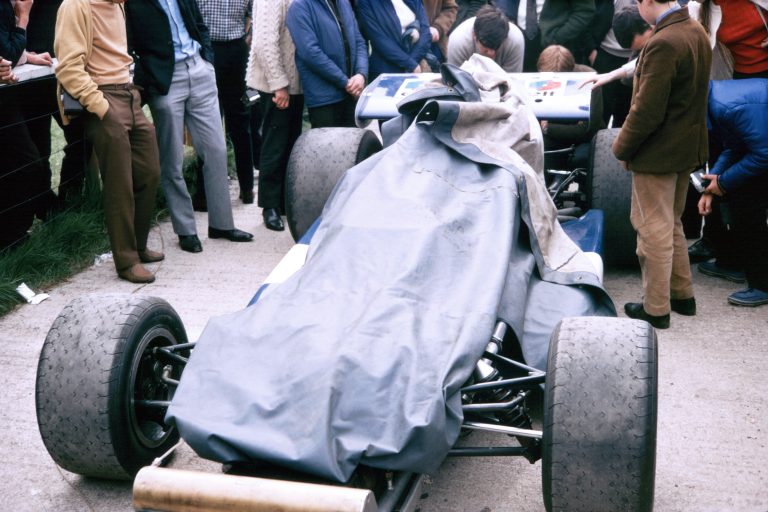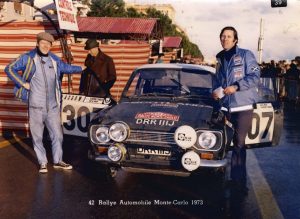 News
News
Newsletter January, 2012
I presume, like me, you are thankful that Xmas and Ne’erday are past! I trust you have recovered from the festivities and are now looking forward to a new and hopefully much better economic year.
I mentioned in the last Newsletter that fellow member Alastair Findlay now resides in the Yukon. He has emailed me to say that he would be delighted to hear from any members who cared to send him an email. I am sure he would put you on his mailing list for the regular diary of his Yukon activities – I get one almost twice a week – they make for interesting and often very amusing reading. Alastair can be contacted at alastair.findlayabc@gmail.com
I have just received the following email from Michael Malcolm – “Michael & Ivone Malcolm are delighted to announce the birth of a son, Alisdair Michael Isles Malcolm, born 2 November 2011 at Queen Elizabeth Hospital, Woolwich. Mother and baby (and delighted father) doing well. Hopefully, VSMA will still be around when he qualifies!!!“ Congratulations to Michael and Ivone on their good fortune. We certainly endorse his last remarks.
It has been suggested that there should be a “letters page” within the Newsletters! I would be delighted if there was, but a letter or two would be a start! Any takers?
Website Changes:
An email address change for Stuart Turner can be seen on the List of the Members page. Peter Speakman from Broughton in Furness became a member of our Association in June 2009. You can now view his motorsport details on his page.
More Photographs:
Alasdair Pearson has responded to my plea for more photographs and he has kindly submitted several photographs from his and his father’s motorsport days. These can be seen on Alasdair’s page or the Picture Gallery. I have also placed a few in Public Photographic Gallery which you may have already noticed. The one below is a group of competitors after an event – we are not sure of exactly which event, the year and one of the people shown. Can you help? Who is the A.N. Other?

The 2012 Monte Carlo Historique Rally – Sunday 29th January:
One of the Official Starts for this event will be in Clydebank in the shadow of the famous Titan Crane (check Google Maps for exact location). The first car leaves at 5.0pm although the cars will up line from 2.00pm. There will be plenty of parking space at the new location. There will be a pre-event “Monte Carlo Show” on the site of the former John Brown shipyard before the Monte cars leave the start ramp in front of the Clydebank College campus. Located beside the College bus terminal, in addition to some great club and trade stands, there will be a show of around 100 pre 1980 Classic cars that would have taken part in past Monte Carlo Rallies.
The Caledonian Classic & Historic Motorsport Club are involved again in this event and more information will be avail on their website at http://www.caledonianmsc.com/ As in 2011, immediately after the Monte Starters have left the ramp there will follow a Heritage Run for members of the CC&HMC. The club runs rallies and tours throughout Scotland for historic and sporting cars of all types. If you are interested the contact person is Jim Paterson, 254 Rullion Road, Penicuik, Midlothian, EH26 9JL jim.paterson@btinternet.com Phone: 01968 672644
‘Sports Car Classics’. …by Eric Dymock
While on the subject of classic cars I have just discovered a new ebook from fellow member Eric Dymock called ‘Sports Car Classics’. It comes in two parts, part 1 from the AC to the HRG, and part 2 from the Jaguar to Yamaha. Eric has written numerous books over the years as a motoring journalist. He worked for many major publications including The Motor and the Sunday Times. He now has his own publishing house Dove Digital which publishes books for the iPad, Kindle and other e-readers. Dove Digital’s latest, ‘Sports Car Classics’ is packed with a selection of 50 years’ road tests, feature articles and motoring columns. The ebooks contain original features, road tests and motoring columns on sports cars of the classic era. Some are quoted full length; most are a thousand words just as published between 1960 and 2010. Written for different media, they vary in style. Road tests compiled for The Motor have a technical bias, distilled from the opinions of the road test staff. Sunday Times readers did not expect anything like that. They read Eric Dymock’s unvarnished views on test driving virtually every make of sports car in the second half of the 20th century as well as a good many from the first. Both parts of the book can be downloaded for an e-reader. Details on all Eric’s digital books can be obtained from www.dovepublishing.co.uk Eric’s own blog can be seen at http://ericdymock.blogspot.com/
Who owned this Wilson Lotus – Chassis No. JMYWT1?

I recently received an email from non-member Ian Townsend asking if any of our members could help in tracing the early ownership of a Lotus he bought in 1995 (which remains to this day totally unrestored, as you can see from the attached photograph). Ian did ascertain from the previous owner that a Mr Wilson, a Scottish garage owner, did race the car extensively in the North of England and Scotland. It was thought that Wilson had built the car or been the modifier of the remains of the Lotus 23 chassis. The last scrutineering tag on the car was dated 1970. Do any of our SMRC members recognise the car or know of the builder/driver. If you can shed any light on this let me know OR contact Ian directly at +44 (0) 7531 162631 or email him at ian@cmselectra.com
2012 Annual Spring Run:
Bob Baillie, the Clerk of the Course and Secretary of this event has sent me several documents which I have included for your perusal. Bob’s short letter telling you what’s it all about, the ASRs, the Entry Form and the Hotel Booking Form. Just click on any of these to see what’s on offer. If the Run is anything like the ones held in Granton-on-Spey over the past three years, it should be great fun. We look forward to seeing you there.
Finally, have a look at this u-tube video I received from a colleague in Vancouver. The 4-minute video contains some almost unbelievable clips of stunts you would call crazy! You will certainly enjoy the scenery at least. Click on this link http://www.youtube.com/watch_popup?v=EEu42L0ufBY







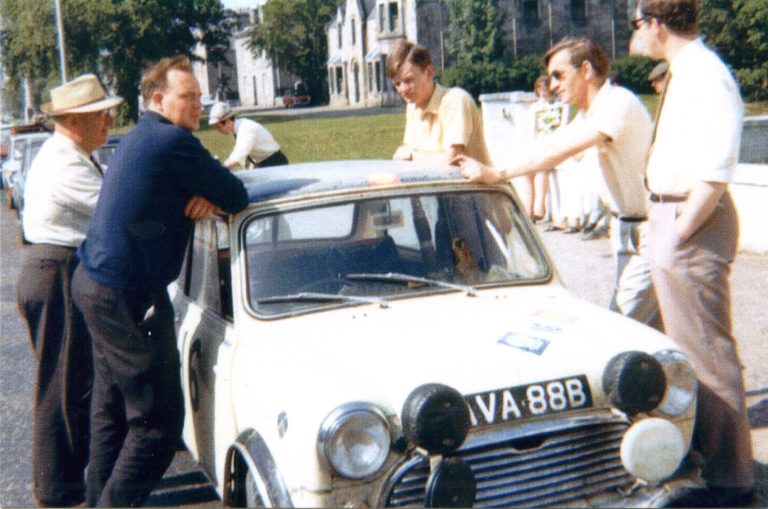
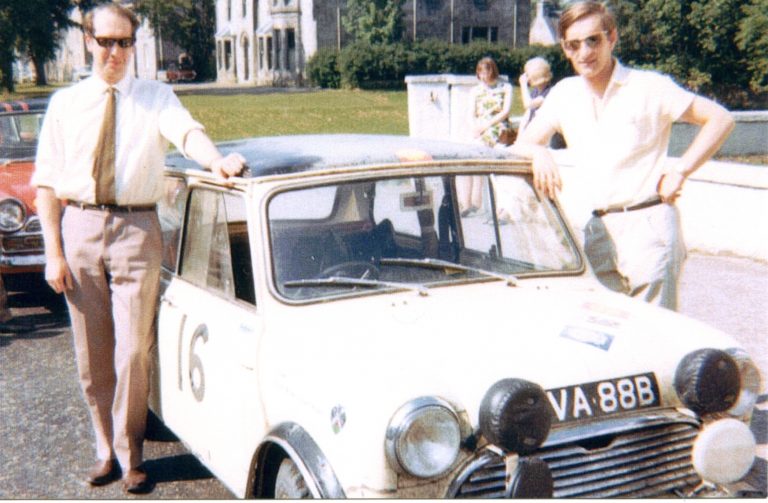
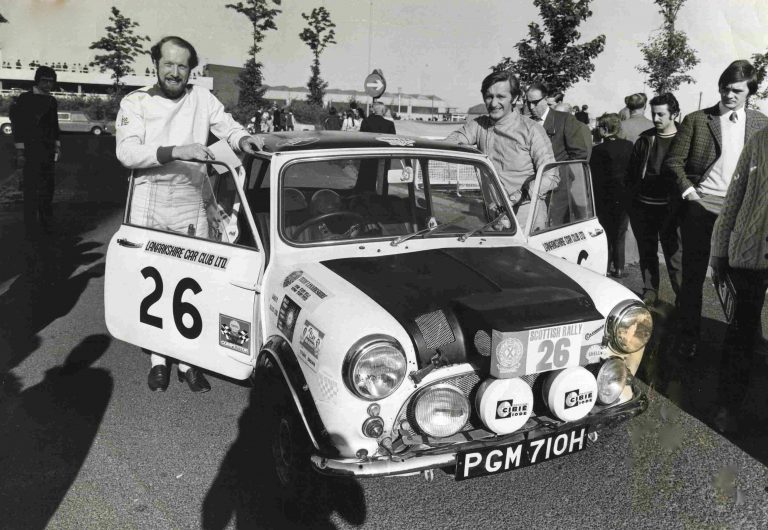
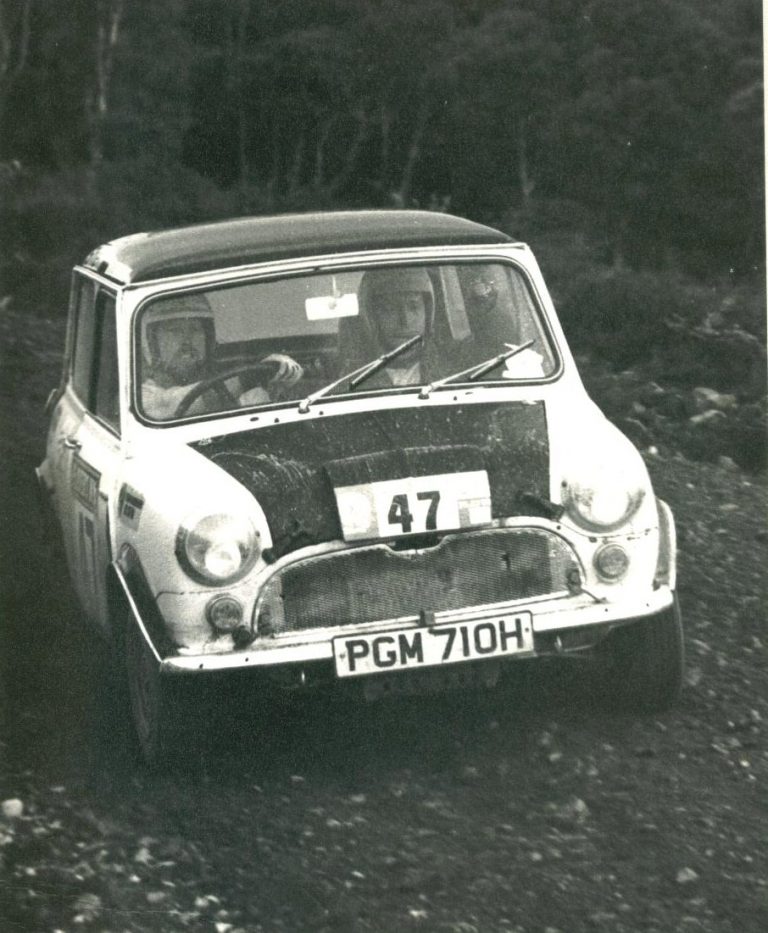
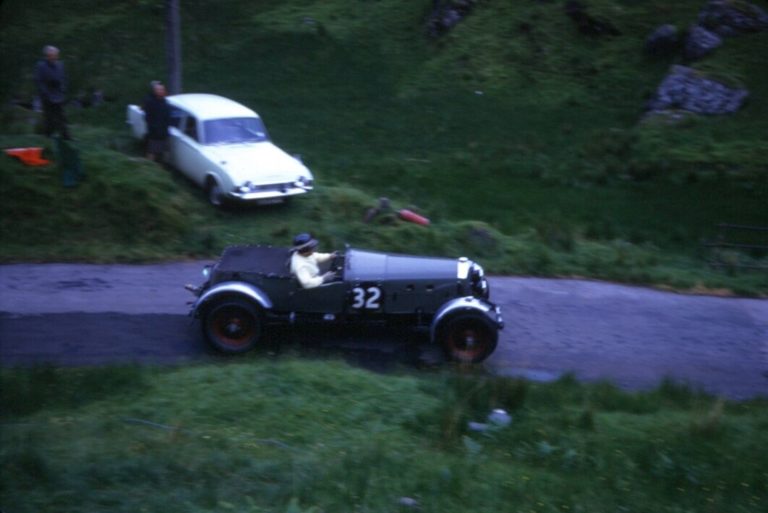
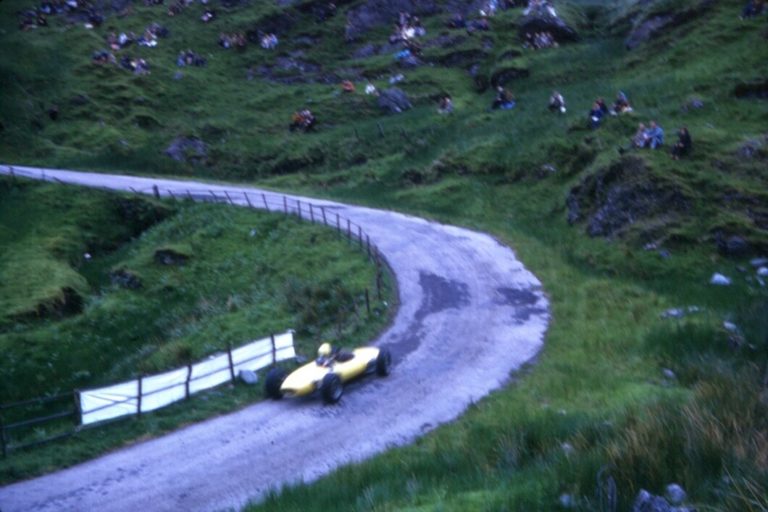
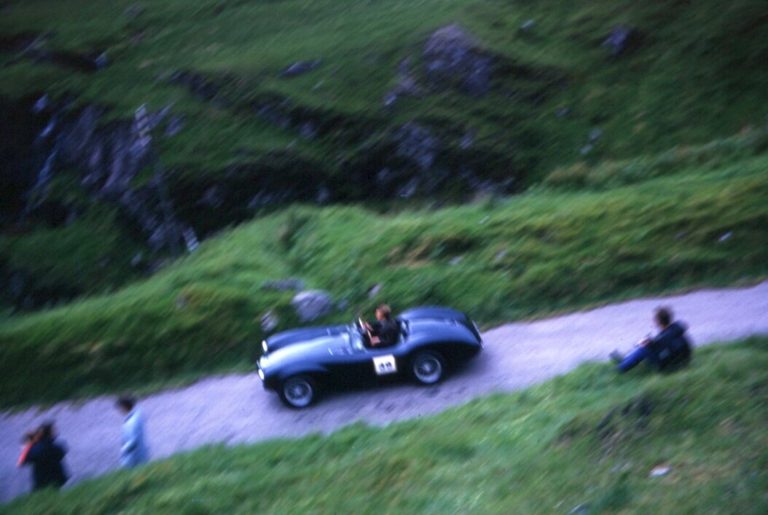
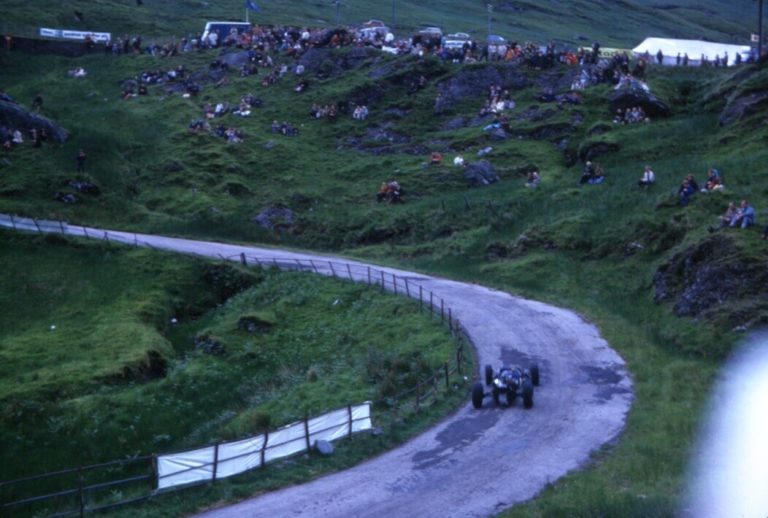
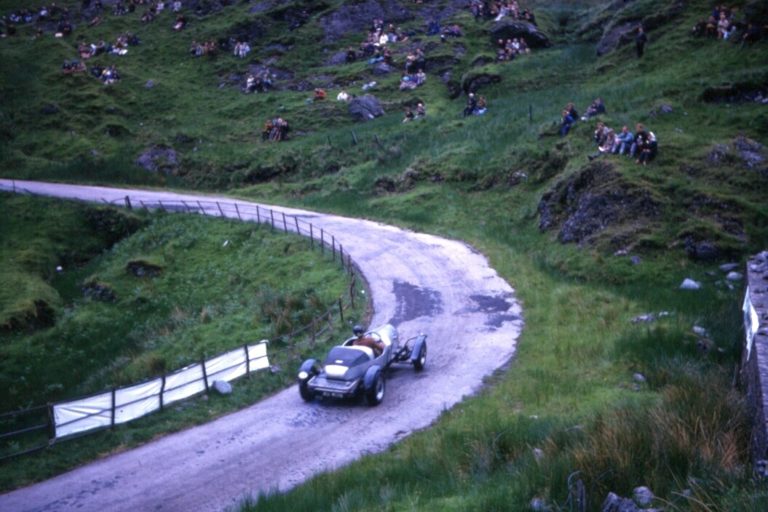
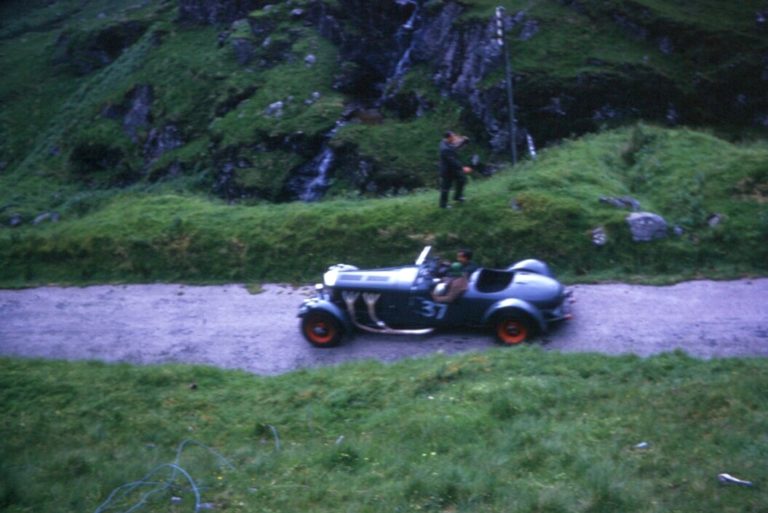
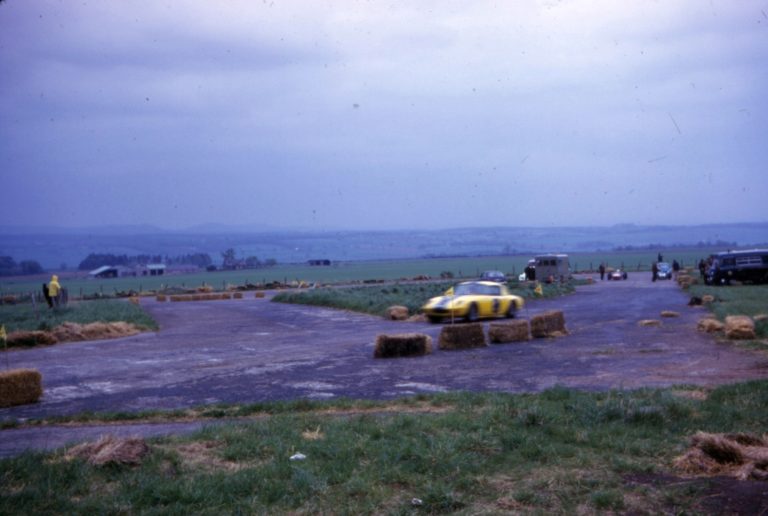
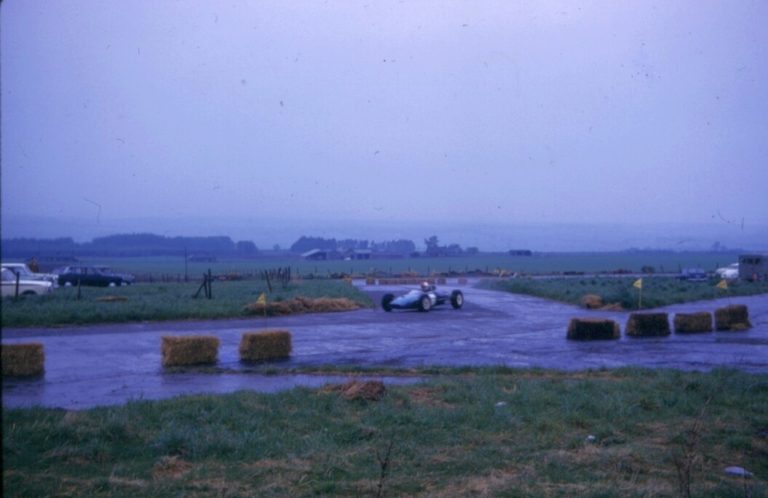
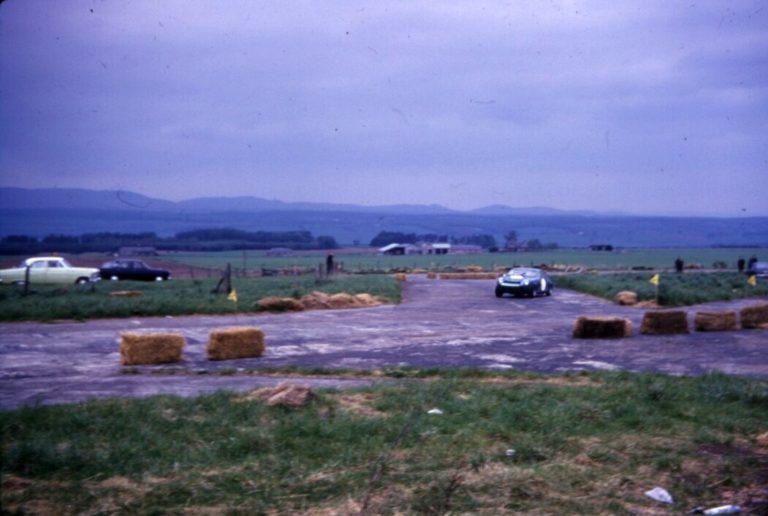
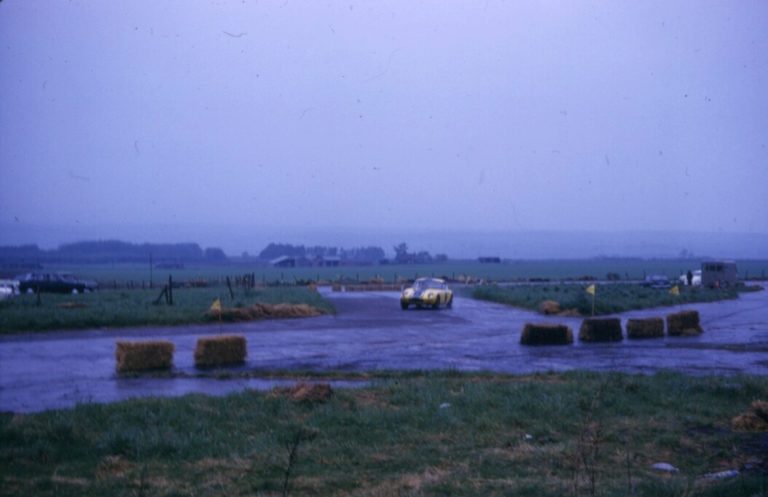
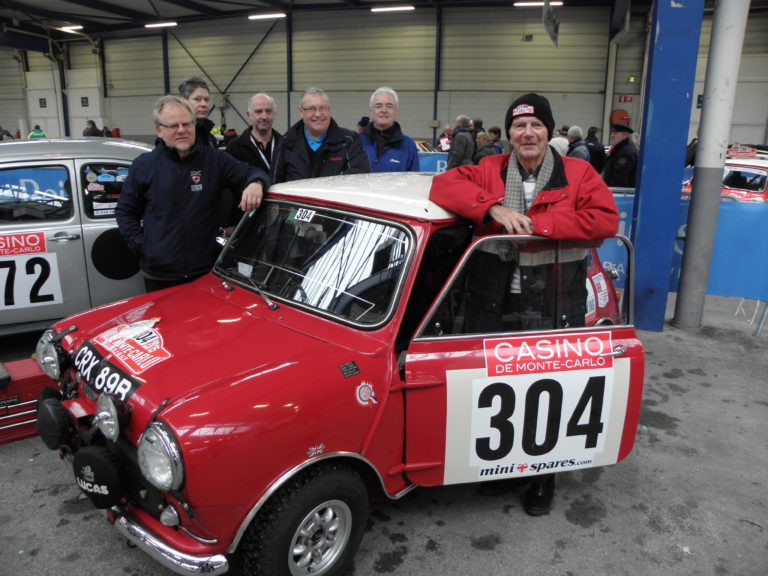
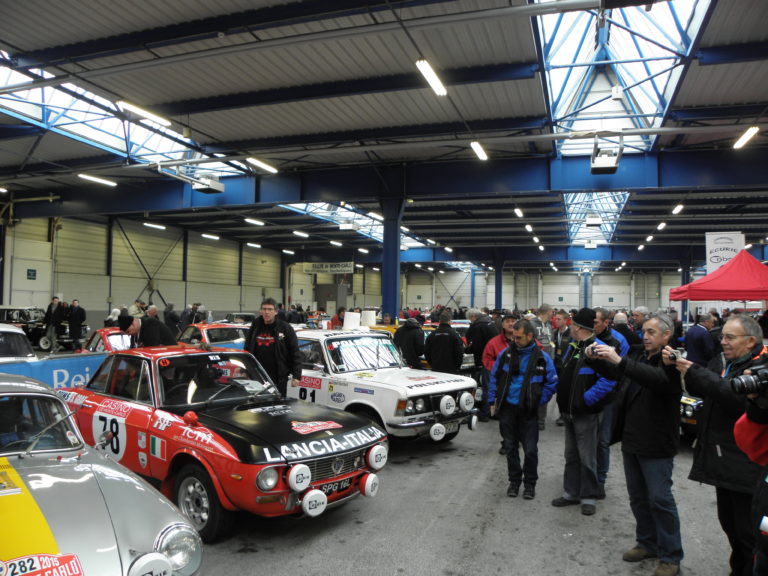
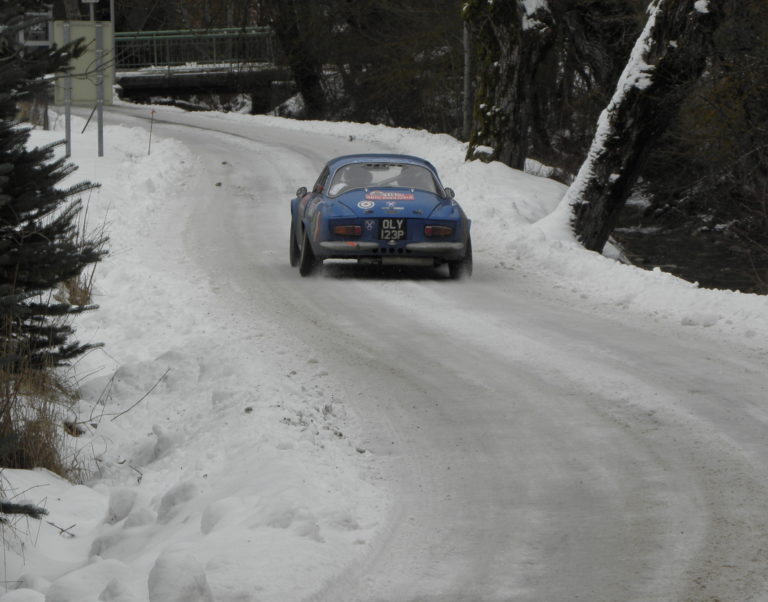
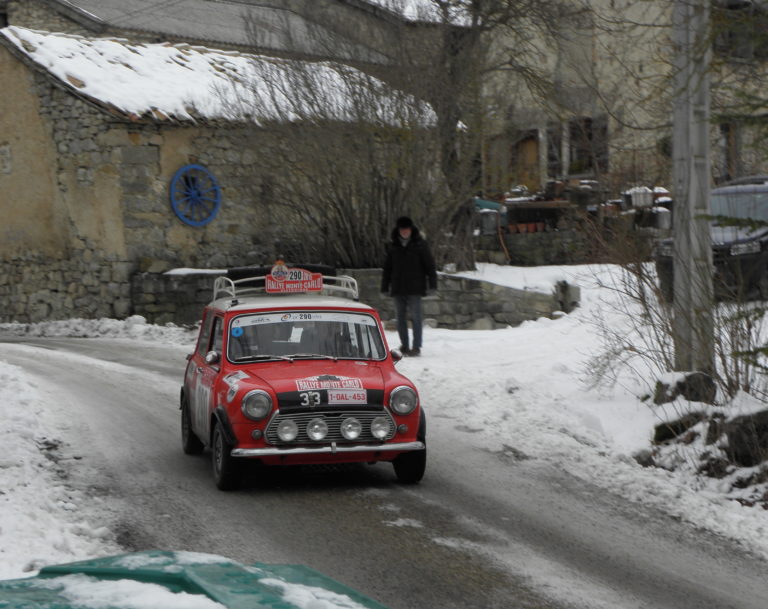





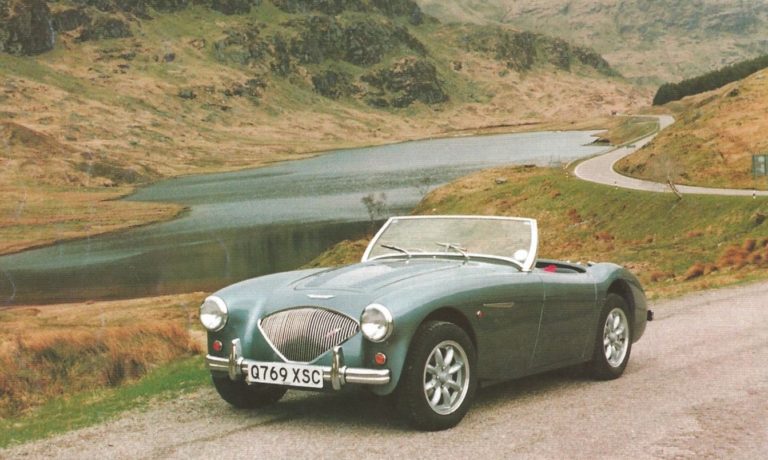
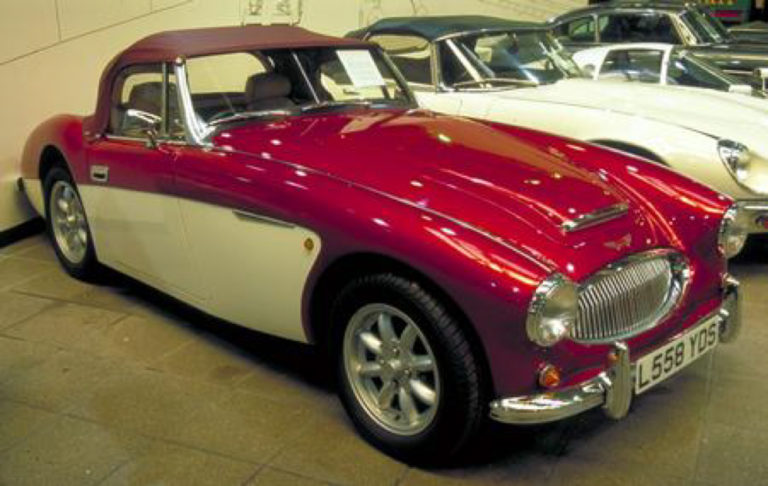
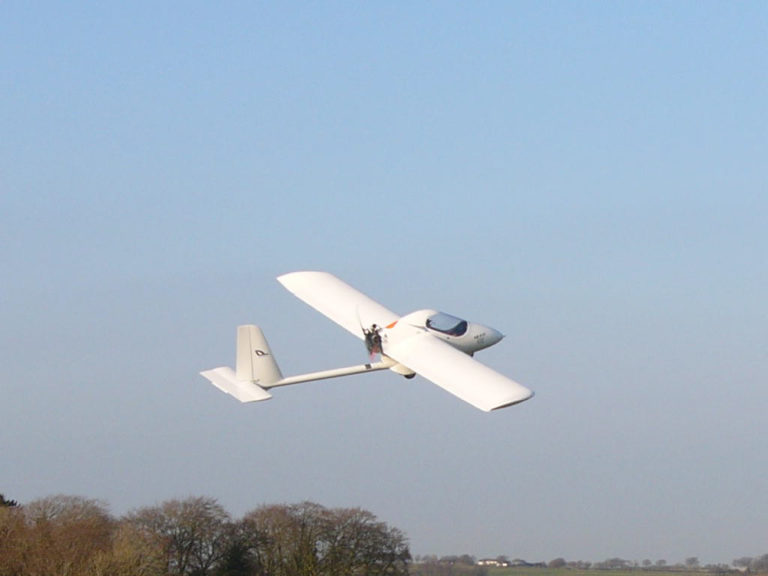
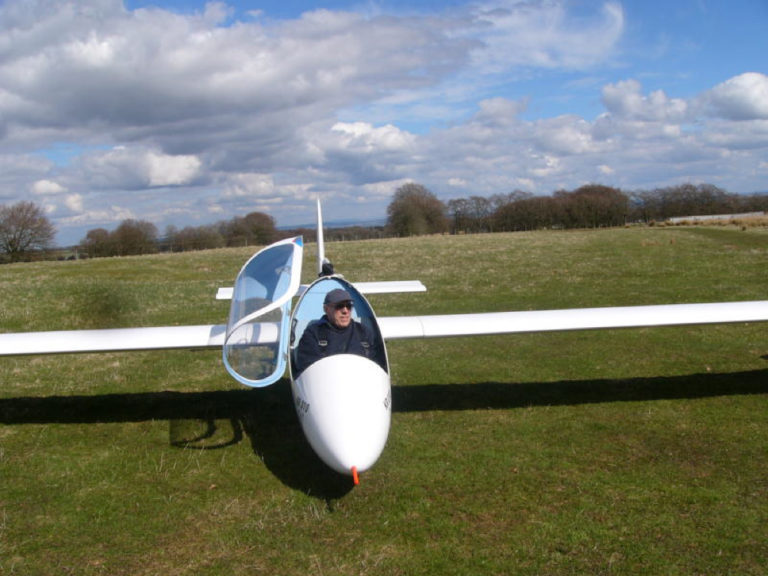
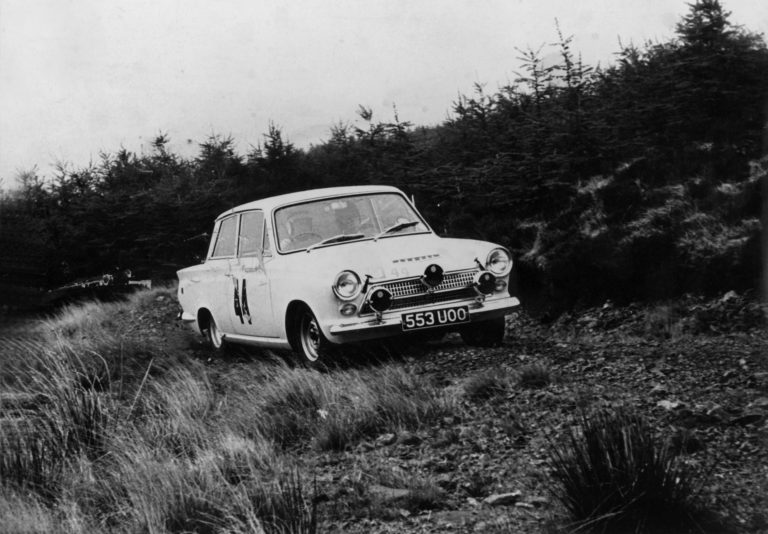
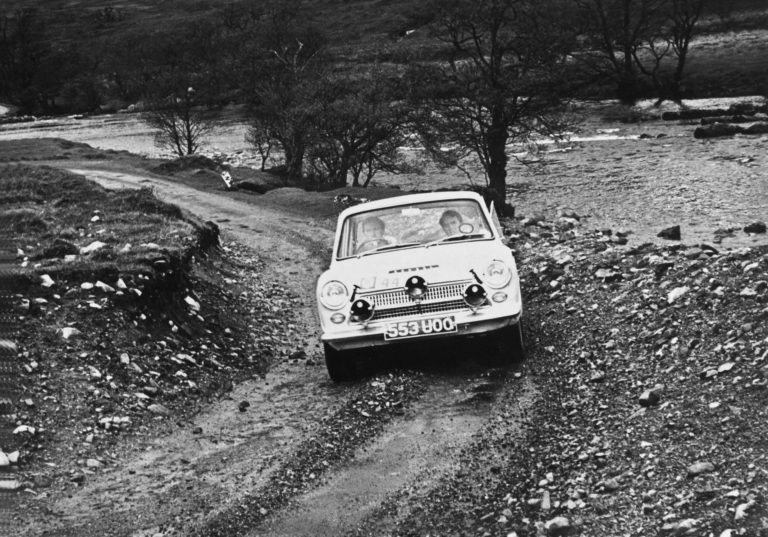
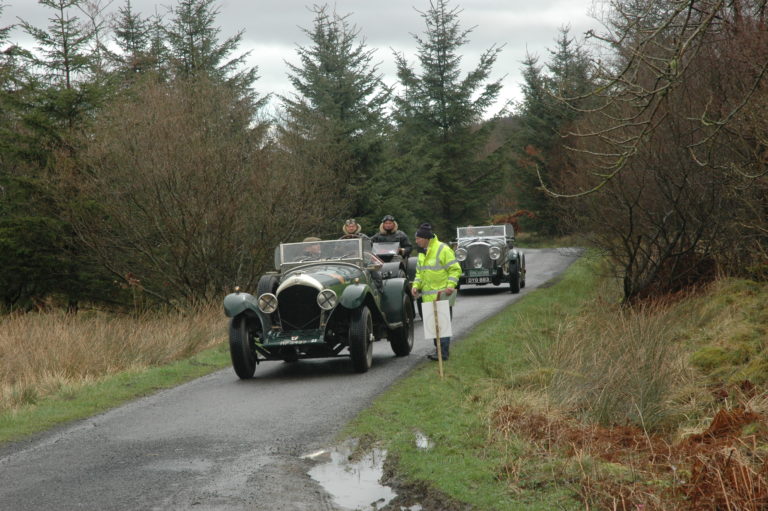
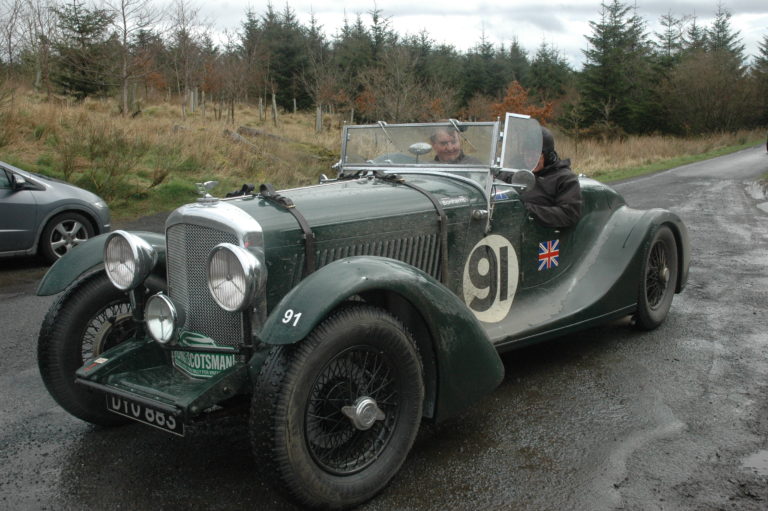
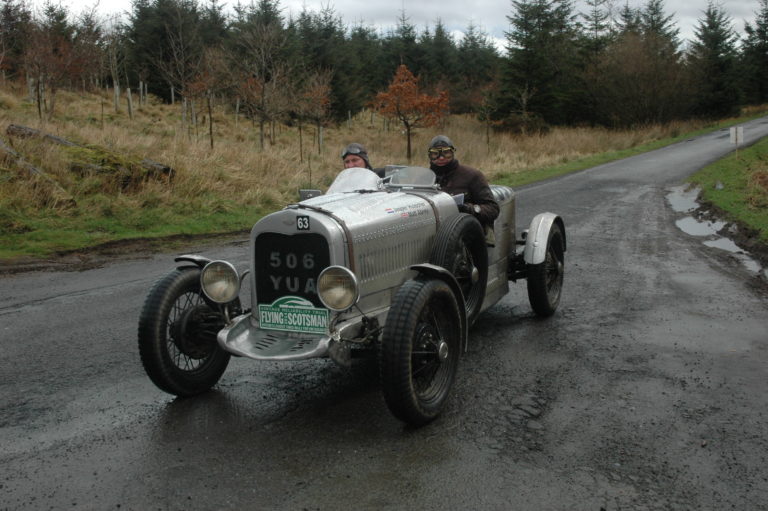
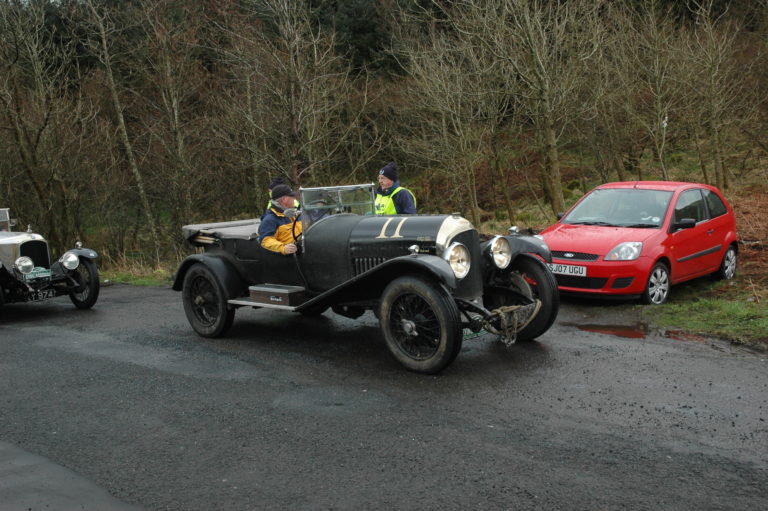
![Car 42, Charlie Bishop(GB) / Nellie Bishop(GB), in their 4250 cc 1924 - Vauxhall 30/98. They were 93rd Overall and 28th in Class 6 { Vintageant (pre '31) over 4000cc }. [ Photograph courtesy of Bill Barr ]](https://www.vsma.org.uk/wp-content/uploads/News_016-768x511.jpg)
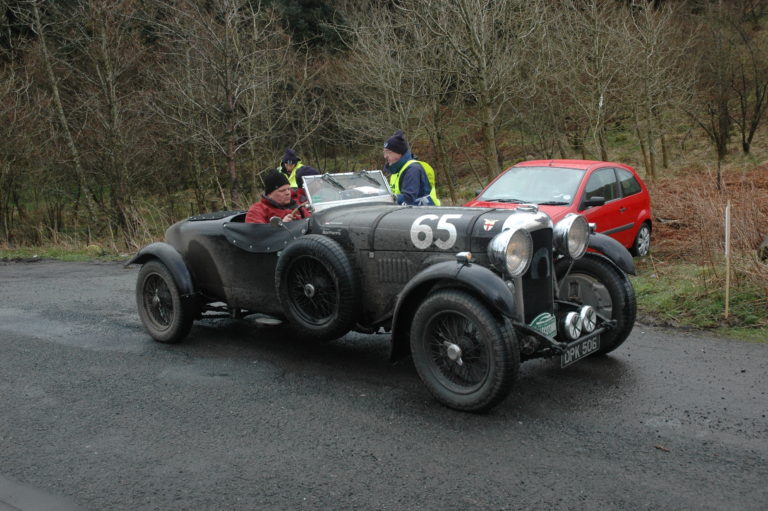
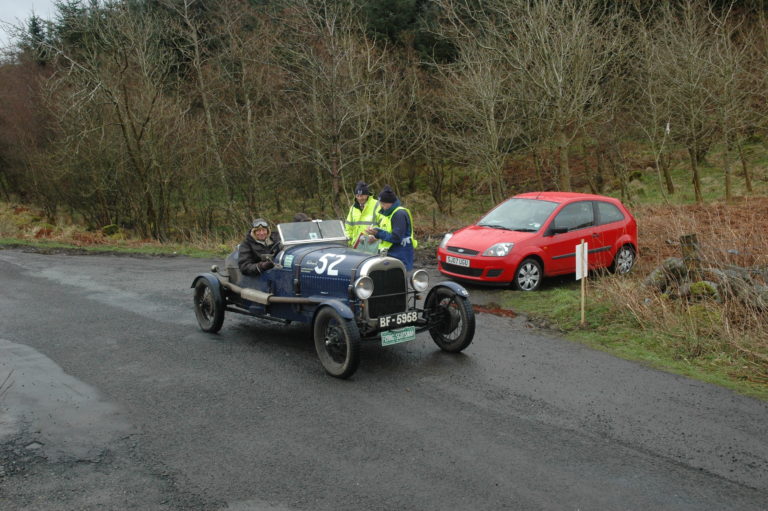
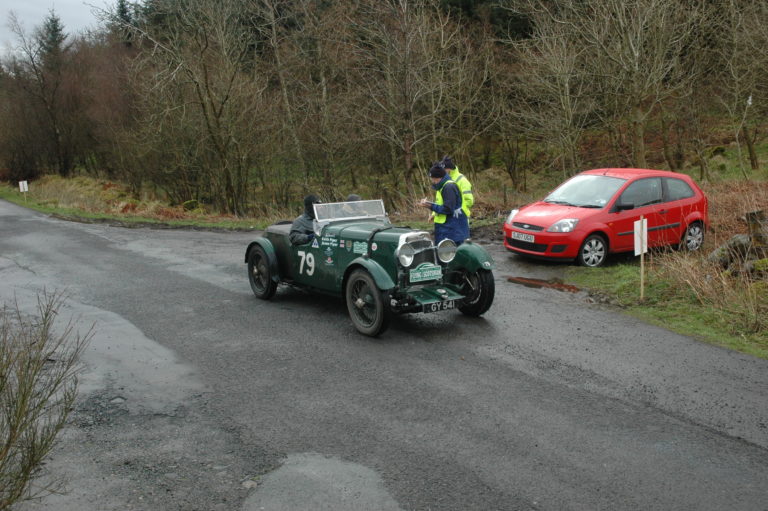
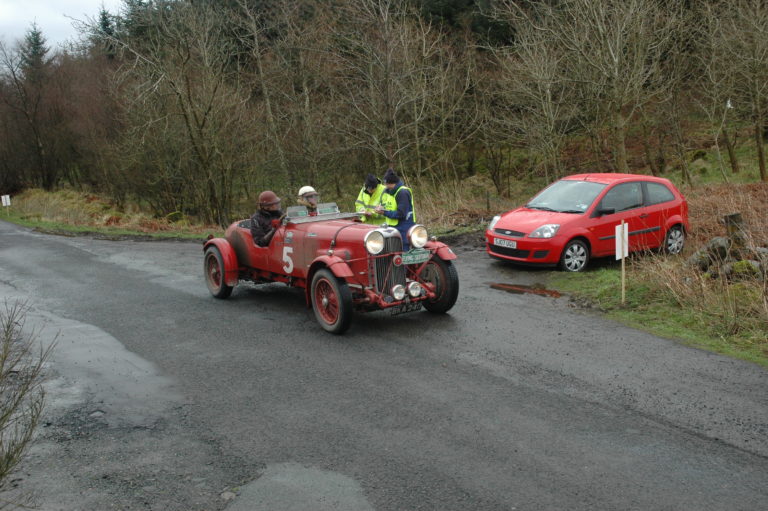
![Car 43, Max Stephenson(AUS) / Andrew Duerden(GB), in their 4200 cc 1923 - Vauxhall OD 23/60. They were 15th Overall and 4th in Class 6 { Vintageant (pre '31) over 4000cc }. [ Photograph courtesy of Bill Barr ]](https://www.vsma.org.uk/wp-content/uploads/News_021-768x511.jpg)
